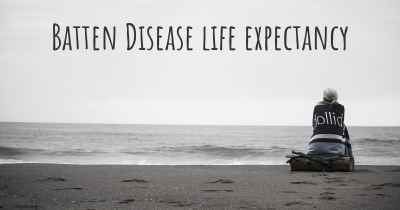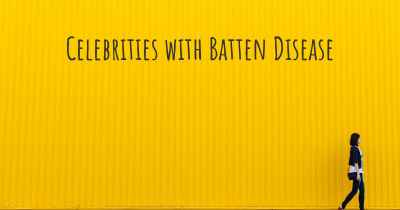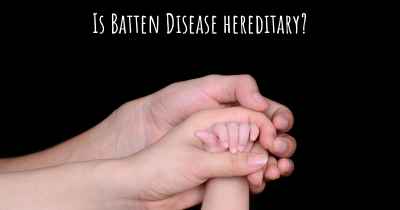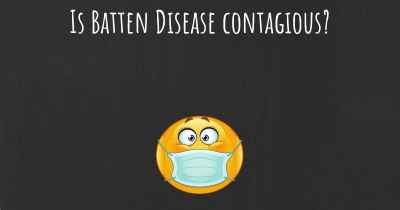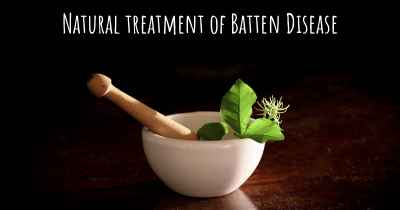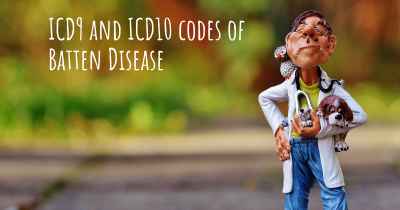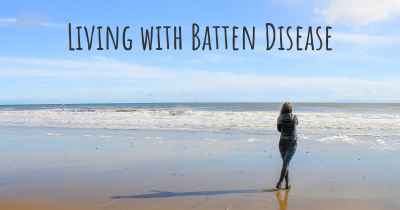What is the history of Batten Disease?
When was Batten Disease discovered? What is the story of this discovery? Was it coincidence or not?
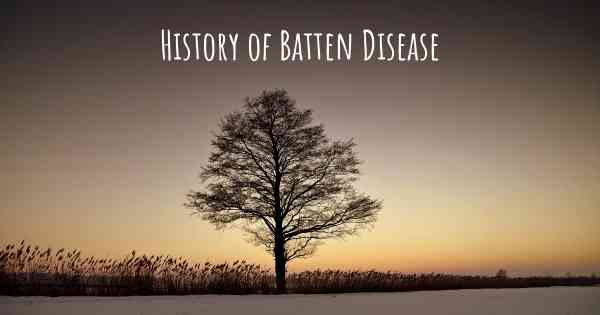
Batten Disease, also known as Neuronal Ceroid Lipofuscinosis (NCL), is a rare and devastating genetic disorder that primarily affects children. It was first described by the British pediatrician Frederick Batten in 1903. Batten noticed a group of children with similar symptoms, including vision loss, seizures, and cognitive decline. Over the years, researchers have made significant progress in understanding the disease, its various forms, and potential treatment options.
The disease:
Batten Disease is a neurodegenerative disorder characterized by the accumulation of lipopigments, specifically ceroid and lipofuscin, within the cells of the brain and other tissues. These lipopigments are waste materials that normally get broken down and eliminated by the body's cells. However, in individuals with Batten Disease, a genetic mutation disrupts this process, leading to the accumulation of lipopigments.
Forms of Batten Disease:
There are several forms of Batten Disease, each caused by a different genetic mutation. The most common forms include:
- Infantile NCL (INCL): This is the most severe form of Batten Disease, typically appearing between 6 months and 2 years of age. Children with INCL experience rapid cognitive and motor decline, seizures, vision loss, and eventually become bedridden and unresponsive.
- Late Infantile NCL (LINCL): LINCL usually manifests between the ages of 2 and 4. Children with LINCL experience similar symptoms to INCL but progress at a slightly slower rate.
- Juvenile NCL (JNCL): JNCL typically begins between the ages of 4 and 8. Children with JNCL may initially have normal development but gradually experience vision loss, seizures, cognitive decline, and behavioral changes.
Genetic basis and inheritance:
Batten Disease is caused by mutations in various genes, depending on the specific form. The most common gene mutations associated with Batten Disease include CLN1, CLN2, and CLN3. These genes provide instructions for producing proteins involved in the normal function of lysosomes, which are cellular structures responsible for breaking down waste materials.
Batten Disease is inherited in an autosomal recessive manner, meaning that both parents must carry a copy of the mutated gene for their child to be affected. If both parents are carriers, there is a 25% chance with each pregnancy that their child will have Batten Disease.
Research and treatment:
Over the years, researchers have made significant strides in understanding Batten Disease and developing potential treatment options. While there is currently no cure for the disease, various approaches are being explored:
- Enzyme replacement therapy (ERT): ERT involves introducing functional enzymes into the body to replace the deficient ones. This approach has shown promise in some forms of Batten Disease, but further research is needed.
- Gene therapy: Gene therapy aims to correct the underlying genetic mutation responsible for Batten Disease. Researchers are investigating different gene therapy techniques, including viral vectors and gene editing technologies.
- Stem cell therapy: Stem cell therapy holds potential for replacing damaged cells in the brain and slowing disease progression. However, more research is required to determine its safety and effectiveness.
- Symptomatic treatment: Current treatment options focus on managing the symptoms of Batten Disease, such as seizures and behavioral changes. This may involve medications, physical therapy, and supportive care.
Support and advocacy:
Batten Disease has a profound impact on affected individuals and their families. Various organizations and support groups exist to provide resources, raise awareness, and fund research for potential treatments. These organizations play a crucial role in supporting affected families and driving advancements in Batten Disease research.
In conclusion, Batten Disease is a rare and devastating genetic disorder that primarily affects children. It is characterized by the accumulation of lipopigments in the cells of the brain and other tissues. Different forms of Batten Disease exist, each caused by a specific genetic mutation. While there is currently no cure, ongoing research and advancements in treatment options offer hope for the future.
